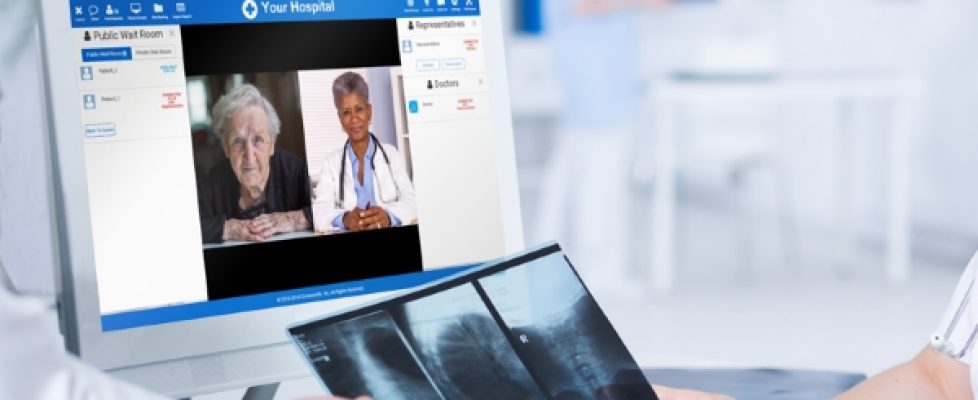Telehealth Is Changing How Healthcare Is Provided
The ways in which we provide healthcare are drastically changing modern life. Telehealth is the use of digital tools and information – including audio and video communication technology – designed to manage healthcare remotely, centralize information, and support doctors and healthcare workers while broadening their accessibility to patients, and so much more.
Not only does telehealth technology increase convenience, but it’s also truly saving lives. Telecommunication between physicians and patients, as witnessed during the COVID-19 pandemic, was and continues to be critical. Preventing the spread while still providing continuous patient care has been instrumental during all stages of the crisis.
Telehealth streamlines processes, provides improved access to care, reduces infrastructure pressure, and improves compliance and patient relations. Consider how video and technology can increase healthcare efficiency, and affect the overall quality of life:
- Web-based appointments via video not only save time and money for both patients and healthcare workers, but an online visit can also ensure ongoing care from the doctor or specialist of choice when an in-person visit isn’t possible. By answering a series of questions, a doctor or nurse can provide a diagnosis/prognosis, home care strategies, or additional medical care.
- Patient portals offered by clinics provide patients with fast access at their fingertips. Rather than relying solely on email, a portal can connect patients to a nurse or doctor on the other side, provide a secure online tool to review tests, schedule appointments, request refills, and so much more.
- Remote monitoring becomes much easier with web-based or mobile apps designed to transmit and upload information.
- Doctors in sync with other doctors means using technology to stay aware of recent developments, and the ability to share files, test results, X-rays, and other images for review.
- Personal health records shared via an electronic personal health record system accessible via devices such as a computer, laptop, tablet, or smartphone create a seamless file sharing connection. Especially in the case of an emergency where vital information and medication can be acquired.
Consider the following important features when deciding on a platform to accommodate and streamline technology into your workflows:
- Video and voice API that allows for a “plug and play” technology stack that is highly customizable to suit different needs and workflows.
- Appointment management consists of scheduling and notifications for clinics to automate and customize invitations and reminders now and in the future via both SMS and email.
- A dial-out feature that enables doctors to have already started an online meeting and then dial out to the patient. Furthermore, this also allows them to call out and invite additional experts and specialists if required.
Telehealth offers doctors and healthcare practitioners the technological advantage of enhancing access to care, increasing patient attendance, improving patient relations, and saving time and money on both sides. A seamless connection between devices that requires minimal development and that supports patients every step of the way, from scheduling to follow-ups, is the emerging trend we’re already seeing that saves lives and works towards stabilizing the healthcare system.

